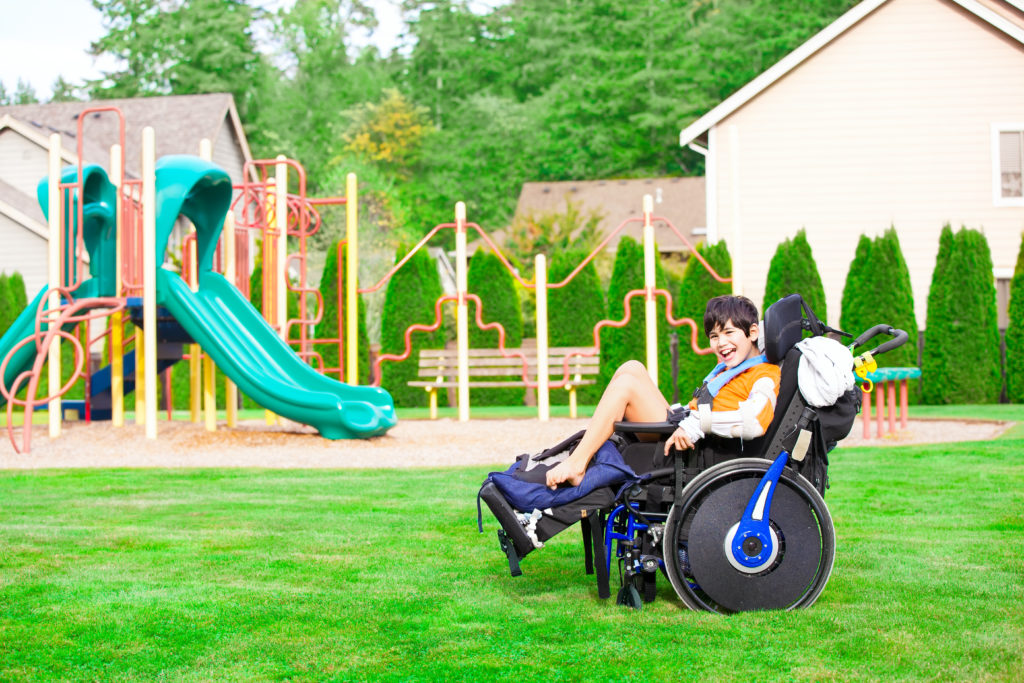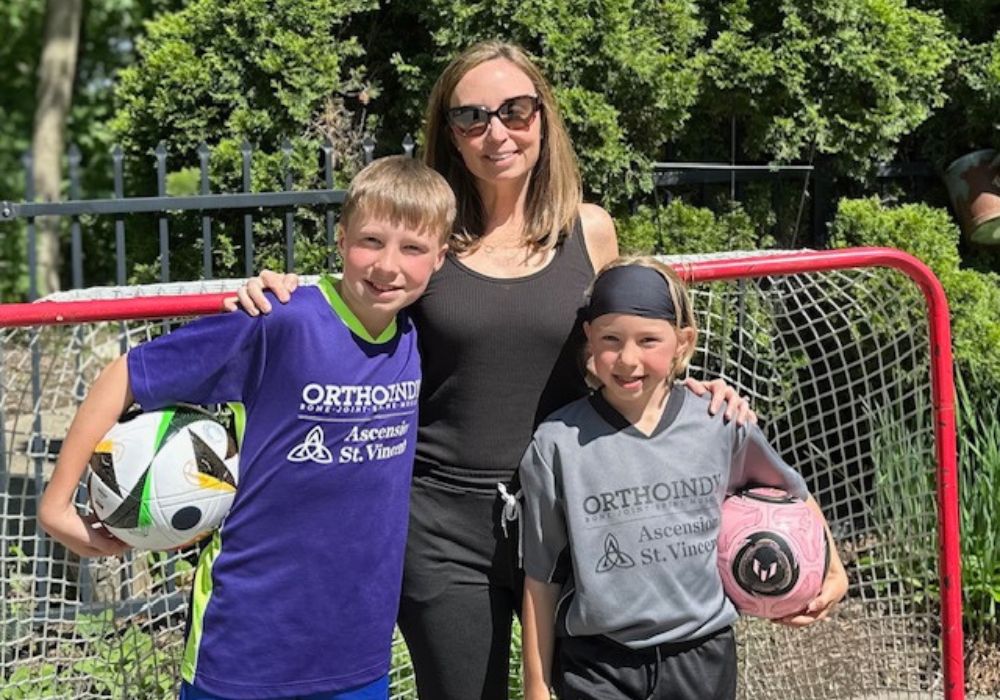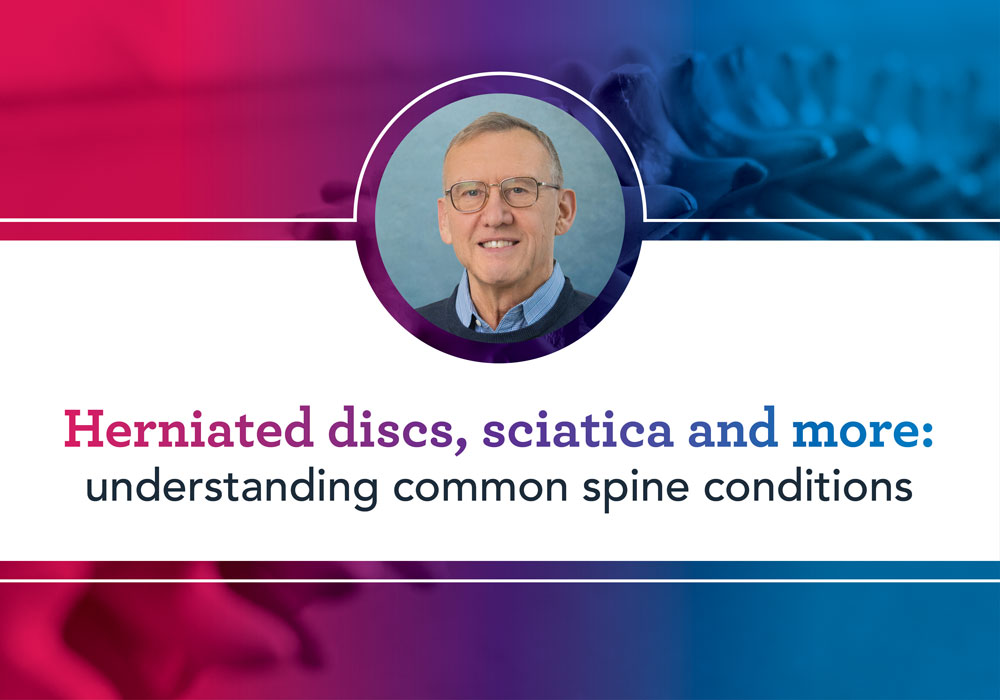Cerebral palsy (CP) is a disorder that affects a child’s ability to control his or her muscles. It is caused by damage or abnormalities in the parts of the brain that are involved with movement and coordination.
In most cases, the disorder begins before a baby is born. Sometimes, it begins at birth or during the first years of life. Early signs include delays in meeting milestones, such as learning to roll over, sit, crawl or walk.
Although there is no cure, the disorder does not worsen as a child develops. Early treatment, such as physical therapy, medication, braces and other assistive devices, can significantly help children improve their functional capabilities.
What is the main cause of cerebral palsy?
How the problems in the brain occur cannot be determined in most children. After birth, infection and head injury may be contributing factors. Premature babies and those with low birth weight are at a greater risk.
Description
The physical disabilities associated with cerebral palsy can be mild, moderate or severe. Some children can walk independently, while others may need crutches, walkers or wheelchairs.
There are four main types. Usually, a child is diagnosed with his or her type when the child is about two years old.
- Spastic: This is the most common form. A child has increased muscle tone/tightness. A child’s legs, arms and back are stiff and contracted, which makes movement difficult. If both legs are affected, tight muscles in the hips and legs often cause the legs to turn inward and cross at the knees when walking. If only one side of the body is affected, the arm is often more severely affected than the leg. If all four limbs and the trunk are affected, independent walking may be difficult or not possible. Additionally, the muscles of the mouth and tongue also may be affected making swallowing and eating difficult.
- Athetoid (dyskinetic): A child has low muscle tone/looseness, which makes limbs weak and floppy. It causes uncontrolled and involuntary movements of the entire body. It may be difficult for a child to sit up straight or walk.
- Ataxic: This rare form affects the child’s balance and depth perception. There is poor coordination, unsteady walking and difficulty with precise movements.
- Mixed: There are symptoms of both spastic and athetoid. Some muscles are tight and others are loose. There is both stiffness and involuntary movements.
In addition to affecting muscles and motor skills, the disorder may cause a range of other impairments in some children, including: mental impairment, seizures, vision difficulties, shortened limbs, a curvature of the spine, dental problems, complete or partial hearing loss, and problems with joints.
Physician examination
After a complete medical history review, your physician will evaluate your child’s muscle tone and reflexes. If your child is less than one year, your physician may need to wait a few months before confirming a diagnosis.
There is not a specific blood test or imaging that can make the diagnosis. However, an MRI may be necessary to show damage or abnormalities in the brain.
Make an appointment with an OrthoIndy orthopedic pediatric specialist
Treatment for cerebral palsy
Children and adolescents with the disorder often need help from their families and medical specialists throughout their lives. Medical treatment may include:
- Orthopedic surgeons to treat problems with bones, muscles, tendons, nerves or joints
- Physical therapists to improve movement and strength
- Occupational therapists to teach daily living skills
- Speech and language specialists to treat communication problems
- Social workers to help locate community assistance and education programs
- Psychologists to help patients and families cope with stress
- Behavioral therapists to promote social and emotional development
Nonsurgical treatment options include: physical therapy, braces, splints, casts, Botox and medication.
Surgical treatment is only necessary in severe cases. Surgery can lengthen affected muscles and improve a child’s ability to move and walk. Some children need surgery to correctly position their arms or legs and correct their scoliosis.
How an orthopedic physician can help children with cerebral palsy
An orthopedic physician will assess muscle spasticity and hip, spine, foot and limb alignment. If there is a misalignment, further treatment will be recommended.
Learn more about pediatric orthopedic care at OrthoIndy.
Schedule an appointment
Your well-being is important to us. Click the button below or call us to schedule an appointment with one of our orthopedic specialists. If your injury or condition is recent, you can walk right into one of our OrthoIndy Urgent Care locations for immediate care. For rehabilitation and physical therapy, no referral is needed to see one of our physical therapists.





